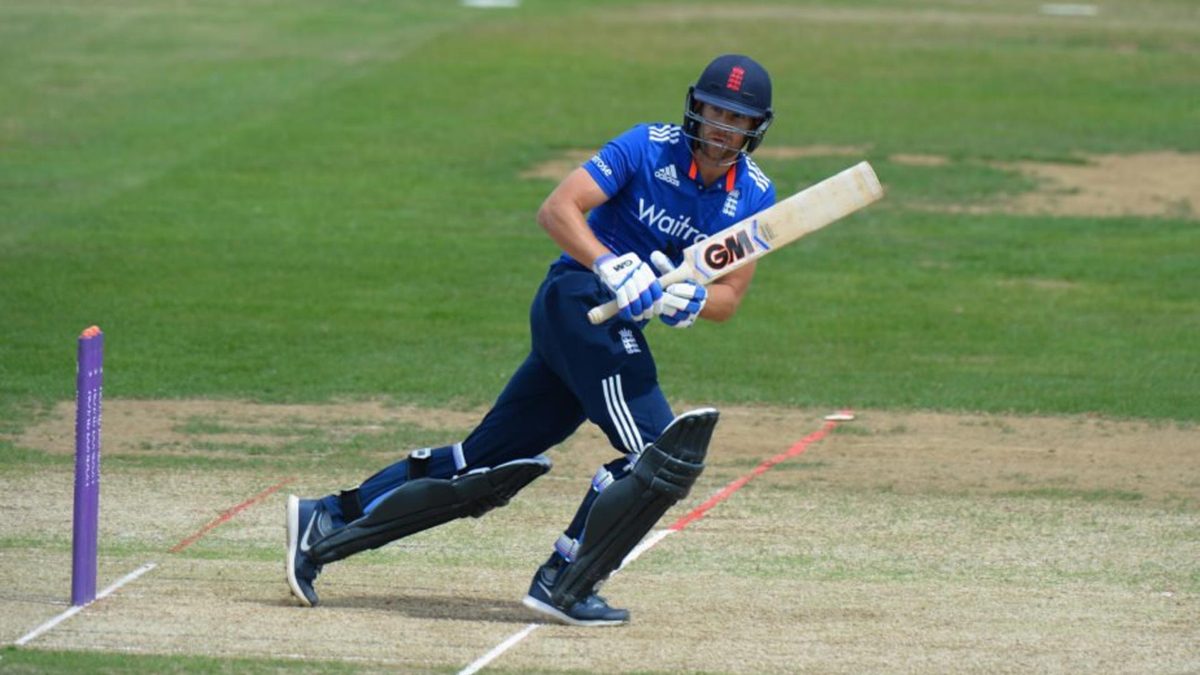
Dawid Malan explains his secrets to successful short-form batting.
THINK POSITIVE
My mindset for all three forms is to try and be attacking every single ball. That’s my major strength and while it gets me into trouble sometimes – I play some of the worst shots you’ll ever see! – it helps me get in a good position and gets me going forward and back with ease. I open the batting in both formats of limited-overs cricket and I play the same way every time. Whether we are chasing 150, 180 or 200-plus, I have my mindset, I have my gameplan and I have my areas that I look to score in.
KNOW YOUR BOWLER
It’s important to adjust and have a gameplan according to each bowler that you play against. The local conditions are important, too. For instance, at Lord’s I don’t want to be playing a big, booming drive down the slope, whereas I know that when the bowler’s coming from the other end I can happily throw my hands through it.
DEVELOP YOUR STROKEPLAY
T20 is constantly evolving and, at the top level, if you are just going to play the same shots every match, you’re going to get found out. They’ll know where your weaknesses are. At whatever level you play at it’s important that every time you go to the nets you’re trying something different; whether that’s working at hitting the ball to different areas to open up spaces in the field, or practising new shots. Working on those skills will give you different options when you get out to the middle and keep the bowler guessing. It’s good fun going to the nets and working out how to get the ball into a certain area. That’s the beauty of one-day cricket.
TIMING’S EVERYTHING
Even in T20, cricket’s still all about timing. Unless you’re Chris Gayle and you can sort of muscle your way through, more often than not it comes down to timing and the way you hit the ball. To make a clean contact you have to have a good base and be still at the crease.
 Malan has been one of the most prolific one-day batsmen in England
Malan has been one of the most prolific one-day batsmen in England
PICK YOUR AREAS
Everyone has certain areas where they look for those boundaries. From my point of view, I look to hit straight, and square on the leg-side; those are my go-to boundary options. For me to be able to do that I have to read the way the bowler’s bowling and assess the conditions. More often than not you can tell from the field setting what type of ball the bowler’s going to bowl – whether it’ll be a yorker, slower ball or whatever. Although these days bowlers are trying to double bluff with their field placings. Like I said, the game’s constantly evolving and you need to stay on top of it or you’re going to get left behind.








